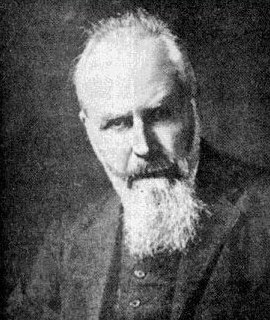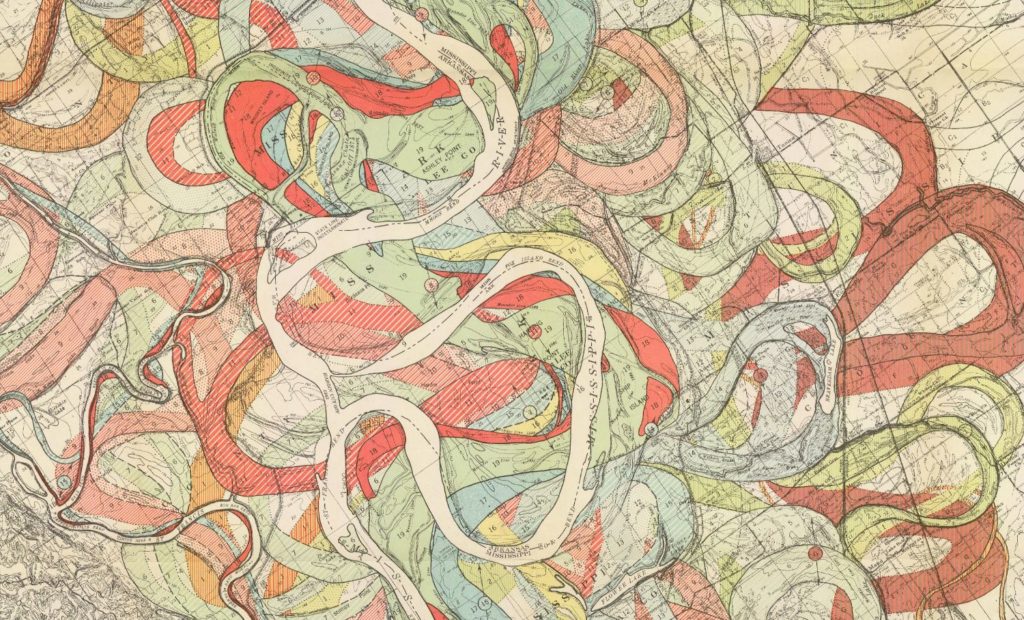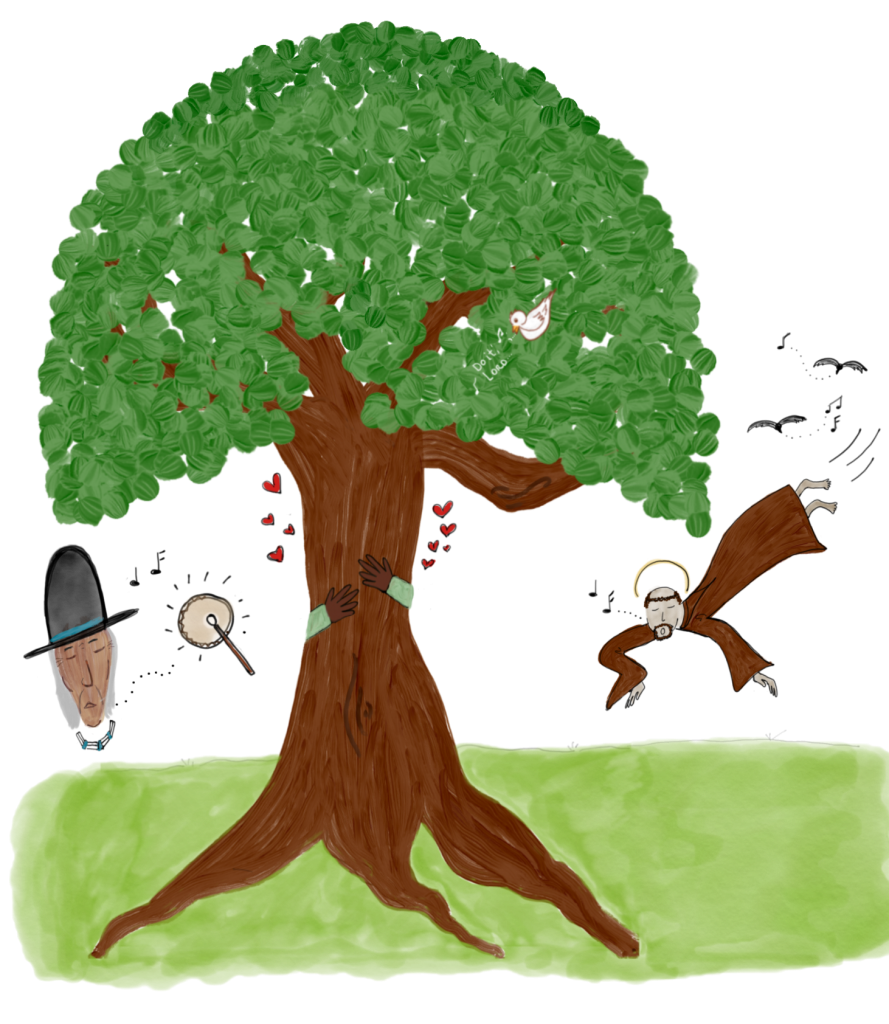Taking a Swim in the Wigram Stream: Returning to the Original Headwaters of Religious Mystery
Last week we shared a video clip of our recent Guild broadcast on Instagram. Afterward, we received thousands of emails (two) asking us what we meant by “Wigram Stream.” So, we have squeezed that long and interesting story into a 7-minute essay. The main, juicy teaching is this: all religions since the dawn of time flow like a river from the same primordial source. That river has been fed by many later tributaries that altered, tempered, enriched, and wonderfully “polluted” its waters. This is a very liberating and exciting perspective on the history of religion! (Unless you dislike religious diversity and mystical complexity, in which case this idea is likely upsetting.)
At the very end of this essay we include a short musical journey to the headwaters of the numinous river. In this season of the Guild we took that trip together many times. We find there is nothing quite like tossing everything you hold dear back into the river of creation to be cleansed, refreshed, renewed, and re-birthed by higher, wiser sources and forces of creation. Enjoy!
It Started with a Turtle Totem
In the early 1990s, Brad dreamed the image of a turtle covered with a geometric design. Soon afterward he received an invitation to offer workshops on creative therapy in several Australian cities. Brad inquired with his host whether a meeting with indigenous healers was possible. He was told that it was extremely unlikely. However, the host agreed to contact an Aboriginal lawyer for assistance. After seeing a drawing of Brad’s dream, the lawyer replied, “You dreamed my ancestral totem. I will personally take you to meet the elders.” This is how Brad met several healers and keepers of the Dreamtime in the outback near Hall’s Creek, Australia.
In Brad’s dream, a name was also written underneath the lower right side of the turtle image: “Wigram.” Since this occurred during a time before access to internet search engines, Brad was not readily able to find out more about the name. He filed the drawing away. Decades later, we were rummaging through some old records and accidentally found the drawing Brad had made:

This time we entered the name in a Google search and discovered a Cambridge educated scholar and minister, Dr. Rev. Canon W. A. Wigram (1872-1953). He had been the Head of the Archbishop of Canterbury’s Assyrian Mission and wrote about the history of the Assyrian church. Wigram found that this early Christian church differed from the church we know today. Inheriting the original language of Jesus, it was more like a mystical community. Wigram elaborates:
. . . [this church was] the body of Christ knit together by Love . . . the embodiment of the life of God in the mind of man. All spirits, whether those once on earth, those now on earth or those never on earth belong to it and work in it. This is expressed in the ‘Communion of Saints’ with us, but whereas that idea sinks to the back of the western mind, it colours all oriental thought.[i]
Though an elder of the Church of England, Wigram found his home in the Assyrian Church. He was also fascinated with the spiritual mystery schools of the pre-Christian past that addressed the cyclical theme of mystical death and resurrection. He recognized the communion of a wide spectrum of saints and religious traditions.

Since we privately call ourselves “mystical scholars,” we recognized William A. Wigram as a kindred spirit and honored saint of Sacred Ecstatics. For the next month after discovering Wigram, more dreams arrived that underscored his syncretic approach to the study of religion. We respectfully named that visionary episode, “the Wigram mystical teachings.”
The Wigram Stream
After Brad dreamed of the turtle totem and Wigram’s name in the early 1990s, other dreams ensued. They introduced him to various mystically oriented spiritual traditions he would later visit in person. Brad dreamed the Kalahari Bushmen, the Guarani Indians, a Japanese seiki justu master, Ojibwa tent shakers, and Lakota yuwipi men, among others. It now seems quite fitting that the initial visionary gateway for dreaming ancient spiritual traditions would bear Wigram’s name since he was a scholar of ancient mystery religions. We also appreciate that Wigram was a tempered scholar with critical thinking and disciplined exposition.
One of Wigram’s friends was masonry leader, J. S. M. Ward, an enthusiast for contemporary mysticism. He believed that historical accounts of earlier religions could inspire and guide mystical practice for modern times. While Wigram supported Ward’s fascinating explorations, he cautioned against making naïve interpretations and premature conclusions. He knew that both history and historians could not avoid altering and sometimes distorting or even contradicting a religion’s original mystical phenomena, spiritual meaning, and ceremonial means of evocation.
Wigram joined those who suggested that every god is the offspring or transform of a previously named god. The notion that a deity has no ancestors misses the dynamics of ongoing creation, an error committed by Judaism, Christianity, Islam, and other religions who arguably fuss too much about preferred names. They too easily decay into worshiping exalted nouns rather than deepening a mystical relationship to divinity.

Wigram underscored that historians of ancient religions often regarded “the vegetation deities of Lebanon” as the original template for future religions. Here a “vegetation deity” refers to a nature god whose death and rebirth embodies the growth cycle of plants, giving us concepts like “immortality,” “resurrection,” and “reincarnation.” He cited the Mesopotamian god, Tammuz, as the god form that inspired future names and modulations from the Egyptian Osiris to the Greek Adonis to the Hebrew word for God, Adonai, and others. When spiritual practitioners of any religion don’t acknowledge the diverse historical roots and layered contexts of their hallowed names and beliefs, they will more likely connote their god as separate from rather than related to an earlier deity.
Wigram’s historical scholarship argued that the basic ideology of Christianity is based on Assyrian and Sumerian beliefs that predated it by more than 6,000 years. The concepts of a holy trinity, the cross, a holy son that fights darkness with light, the symbols of man, lion, bull, and eagle as guardians of the holy throne, and even the early conception of the tree of life—the Assyrian tree of life—is found there. This early sacred tree was regarded as providing human access to divinity. The tree had to be climbed to receive divine power and knowledge.

Every religion is historically situated in a continuously moving spiritual stream that passes though all kinds of changing names and fluidic descriptions of its deities and theophanies. This long and broad historical view of comparative religion has been adopted by many scholars worldwide, and it was presented by Wigram to his fellow masons. They debated whether they were primarily descendants of the spiritual mystics of Mesopotamia or the secular tradesmen of Rome.
Citing the Roman poet, Juvenal, Wigram advised that “the incoming tide was already mixed with the waters of many tributaries, though the retort is a fair one as well that after all, it was the Orontes [a river starting in Lebanon], Tammuz’s own river that flowed in.” In other words, the masons were syncretic whether they wanted to be or not. Their tradition was a mix of many tributaries that also came from the same river, or what we now affectionately call “The Wigram Stream.”
We Belong to The Cedars of Lebanon and the Thorns of the Kalahari
This debate and Wigram’s way of addressing it applies to how we understand Sacred Ecstatics and its relationship to diverse spiritual practices from Arctic shamanism to Bushman n/om dancing, Sufi whirling, Catholic prayer roping, Lakota pipe praying, sanctified black church singing, Caribbean shaking, Zen mind sweeping, and Japanese seiki pouring, to name a few.
Before Mesopotamia, there was Africa. You must go back to its original form of spirituality to understand its offspring. The masons of London, as well as most religious scholars and practitioners from Palestine to Tibet, too easily lose their connection to the original African godparents.
When writing was later invented in Mesopotamia (cuneiform arrived between 3500-3000 B.C.) it marked a new phase in the development of Second Creation expression. With the written word, trickster could better differentiate, isolate, and freeze-frame thought. We acknowledge both these tributaries as flowing into Sacred Ecstatics—First Creation from southern Africa and Second Creation from Mesopotamia. We are rooted to their dual gifts of n/om spirituality and linguistic textuality.

We’re inspired by Wigram’s way of recognizing and respecting that the religions of the world are related and modulated forms of one another. We experience them as ancestral lineages that all come to life in the big room. They only seem to be strangers when held in a small Second Creation room where names and ideological frames prevail. Furthermore, as we have personally experienced, in the big room any and all ancestral holders of mystery are available for two-way communication and ecstatic communion through a strong vertical rope to God.
Take a Swim in the Wigram Stream
Recently during this Guild season, this Wigramian perspective on religion came back to us. In January we all conducted an experiment in which we sent all of our cherished ideas, beliefs, experiences, and practices back upstream to the original source of the numinous. The recording below will take you on that journey.
As we told the Guild, once in the Wigram current, continue swimming upstream like a trout until you stand on Kalahari sand underneath a camelthorn tree. There you find the thorn that pierces the heart of n/om. It’s found near the headwaters. Throw the thorn back, too. Become empty. Then be patient and wait for God to refill you and don’t dare interfere. Go all the way with God’s design as you resign to not get in the way.
After the Wigram stream carries all your religions, spiritualities, and -isms away, returning them to the original fountain of creation, it will reverse the current and bring back whatever is worthy of returning. Have patience, because the yeti-Ptolemy-big me trinity will want to re-fill the bowl quickly. Be careful if you find that much of what you liked before is back—that’s a clear indication that trickster hijacked the emptying mission.
In higher hands, what returns will have had the wheat separated from the chaff and the signal distinguished from the noise. If you have the kind of faith that matters most, you will have no fear and know that nothing truly precious will be lost.
-The Keeneys, February 28, 2021
[i] As cited in Geoffrey A C Ginn, Archangels & Archaeology : J.S.M. Ward’s Kingdom of the Wise (Brighton: Sussex Academic Press, 2012), 212.
[ii] Ibid., 213.
[iii] Ibid., 211.
